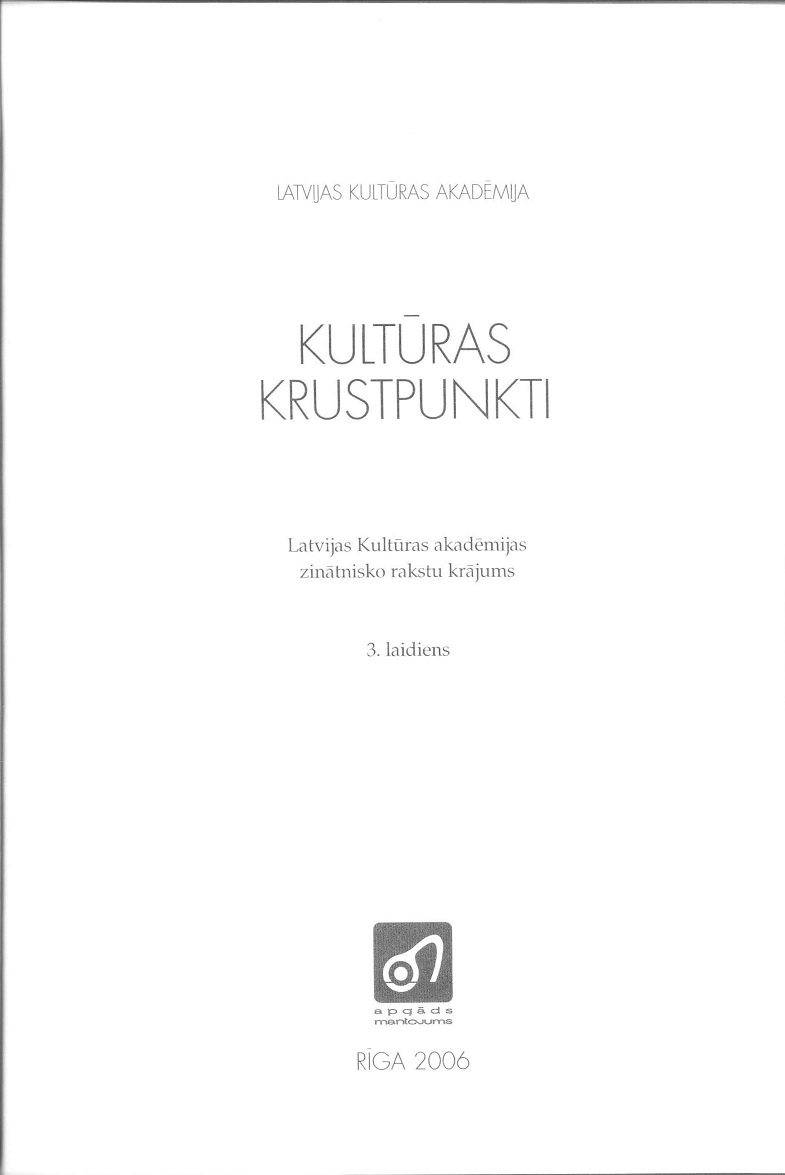Podniecība Latviešu folklora
Pottery in Latvian Folklore
Author(s): Baiba DumpeSubject(s): Archaeology, Cultural history, Customs / Folklore, Ethnohistory, Social history, Cultural Anthropology / Ethnology, Social development
Published by: Latvijas Kultūras akadēmija
Keywords: Latvian folklore; pottery; folksongs; pottery production; raw materials; clay; stones; fire-bricks; building materials;
Summary/Abstract: The aim of the study is to identify in folklore (folksongs and incantations) elements connected with pottery making, and, as far as possible, to assign these to particular stages of the development of pottery production. The article focuses on words describing the raw materials for pottery: māli (clay), zvirgzdi (gravel/crushed stone), akmens (stone), oln (pebble/egg) and olis (pebble). The study was based on the folksongs included in the academic work Latviešu tautasdziesmas ("Latvian Folksongs"), published from 1979 onwards, as well as incantations compiled in the work Latviešu buramie vārdi ("Latvian Incantations"). The word māli (clay) mostly appears in folksongs in the context of agriculture, less often in connection with pottery-making. Most commonly, the gruelling labour of kneading clay is wished on the landowners in hell when they die. It is thought that this group of folksongs appeared in the 18th century, when corvee labourers were made to prepare clay and to shape and fire bricks for the buildings of the estates. The oldest ideas concerning tire places for obtaining clay and the tasks of bringing the clay home and kneading it are to be found in the incantations. These relate to dairying, especially to butter production, i.e. the sphere of women's work, which up to the 13th century also included pottery-making. It is concluded that folklore does indeed contain references to pottery production as an element of the domestic economy, which are better preserved in incantations, less so in the songs. These are the ideas concerning the procurement and kneading of clay and the provision of crushed stone. So far, it has not proved possible to find examples referring to pottery as an activity undertaken by craft workers.
Journal: Culture Crossroads
- Issue Year: 3/2006
- Issue No: 2
- Page Range: 32-43
- Page Count: 12
- Language: Latvian

